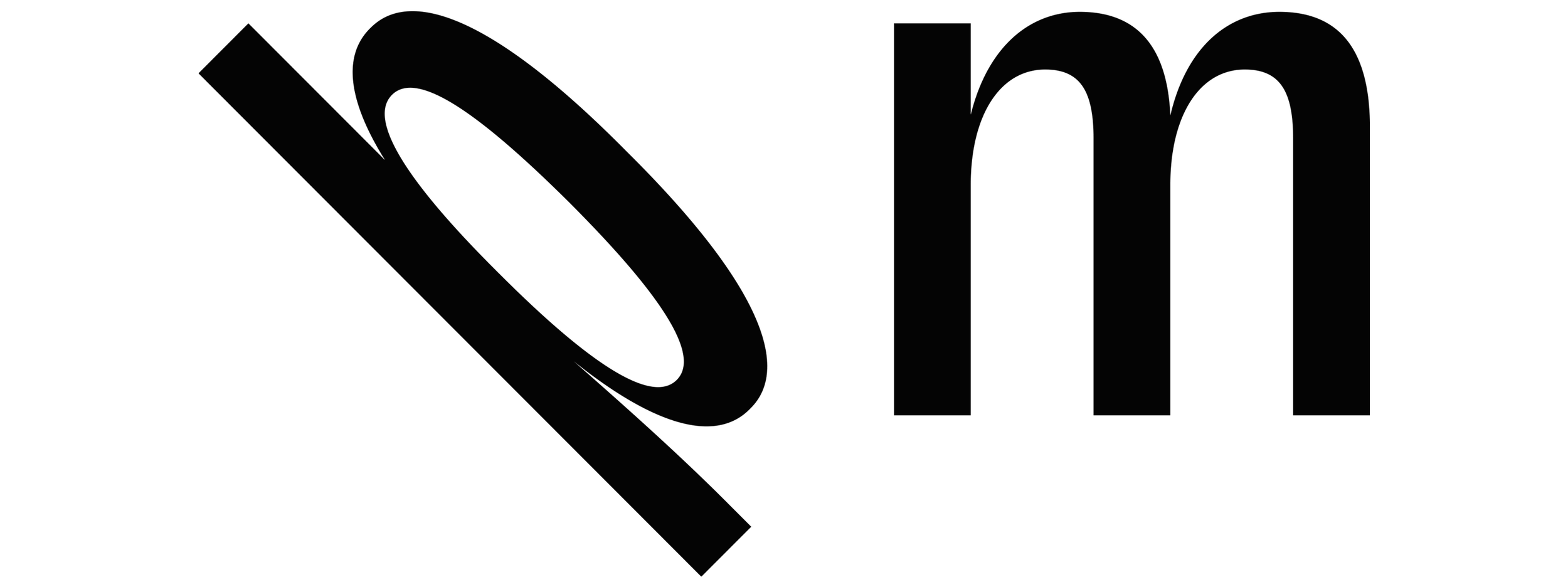MAAT - Atelier Pedro Falcão
Inauguraram no passado mês de junho as primeiras exposições temporárias do MAAT - Museu de Arte, Arquitetura e Tecnologia. Num segundo momento, previsto para outubro deste ano, o museu irá abrir as portas do edifício principal fixando assim um novo marco no roteiro cultural português.
The first temporary exhibitions of the MAAT - Museum of Art, Architecture and Technology began last June. Later on the year, scheduled for October, the museum will open the main building doors, setting a new mark in the Portuguese cultural scene.
A identidade gráfica do museu, desenvolvida pelo Atelier Pedro Falcão, assenta sobre um logótipo geométrico em oposição à estrutura sinuosa do novo edifício, “o contraste ajuda na leitura, através da simplicidade do desenho” afirma Pedro Falcão.
O designer gráfico e fundador do atelier, disse-nos como as três disciplinas, arte, arquitetura e tecnologia, influenciaram de forma homogénea a construção da nova imagem e como o foco foi sempre a tipografia. Os tipos de letra que compõem o logótipo, a Akkurat Mono e a Stolzl Display, estendem-se também ao longo do restante material. Talvez por isso a escolha, esta última é ela própria uma combinação ritmada e harmoniosa de formas contrastantes.
The museum's graphic identity, designed by Atelier Pedro Falcão, it's based on a geometric logotype as opposed to the winding structure of the new building, "the contrast helps in the reading by the simplicity of the drawing" says Pedro Falcão.
The graphic designer and founder of the studio told us how the three disciplines, art, architecture and technology, influenced evenly the new image and how typography was always the keyword. The type fonts composing the logo, Akkurat Mono and Stolzl Display also extend throughout the remaining material. Perhaps here lies the reason behind the choice of the fonts, the later one is itself made of a rhythmical and harmonious combination of contrasting shapes.
A resolução do desafio não era evidente, uma vez que a arquitetura de carácter mais industrial do antigo Museu da Eletricidade, tão diferente do edifício principal, obrigava a uma leitura mais universal do problema “a ideia base foi desenhar uma identidade sólida, intemporal que resultasse sobre qualquer edifício”. A geometria teve uma papel fundamental na definição da imagem, como o prova o cruzamento da tipografia com uma forma geométrica ambígua de grande relevância e transversal ao trabalho “a figura geométrica é talvez a base do universo, existe na história desde os primórdios da nossa inteligência (…) a geometria é estrutural, e que neste caso se aplica na perfeição, não estivéssemos nós a falar de Arte, Arquitetura e Tecnologia”.
Solving the challenge was not evident. The industrial architecture style of the old Museum of Electricity, so different from the new main building, demanded to step back and have a universal regard to the problem, "the basic idea was to design a solid, timeless identity that worked out in any building". Geometry played a key role in defining the image, proved by the intersection of typography with an ambiguous geometrical shape of great relevance and transversal to the work "the geometric figure is perhaps the basis of the universe, exists in history since the dawn of our intelligence (...) the geometry is structural, and in this case applies perfectly, as we are talking about Art, Architecture and Technology".
O resultado é uma imagem forte para este novo espaço que será, também ele, um ícone da metamorfose em curso para a zona ribeirinha da cidade de Lisboa.
The end result is a strong image for this new museum, that will be an iconic part of the metamorphosis occurring all over Lisbon's riverside.
Via: Atelier Pedro Falcão








